Home>Articles>Which Type Of Spectrum Is Produced By An Incandescent Bulb
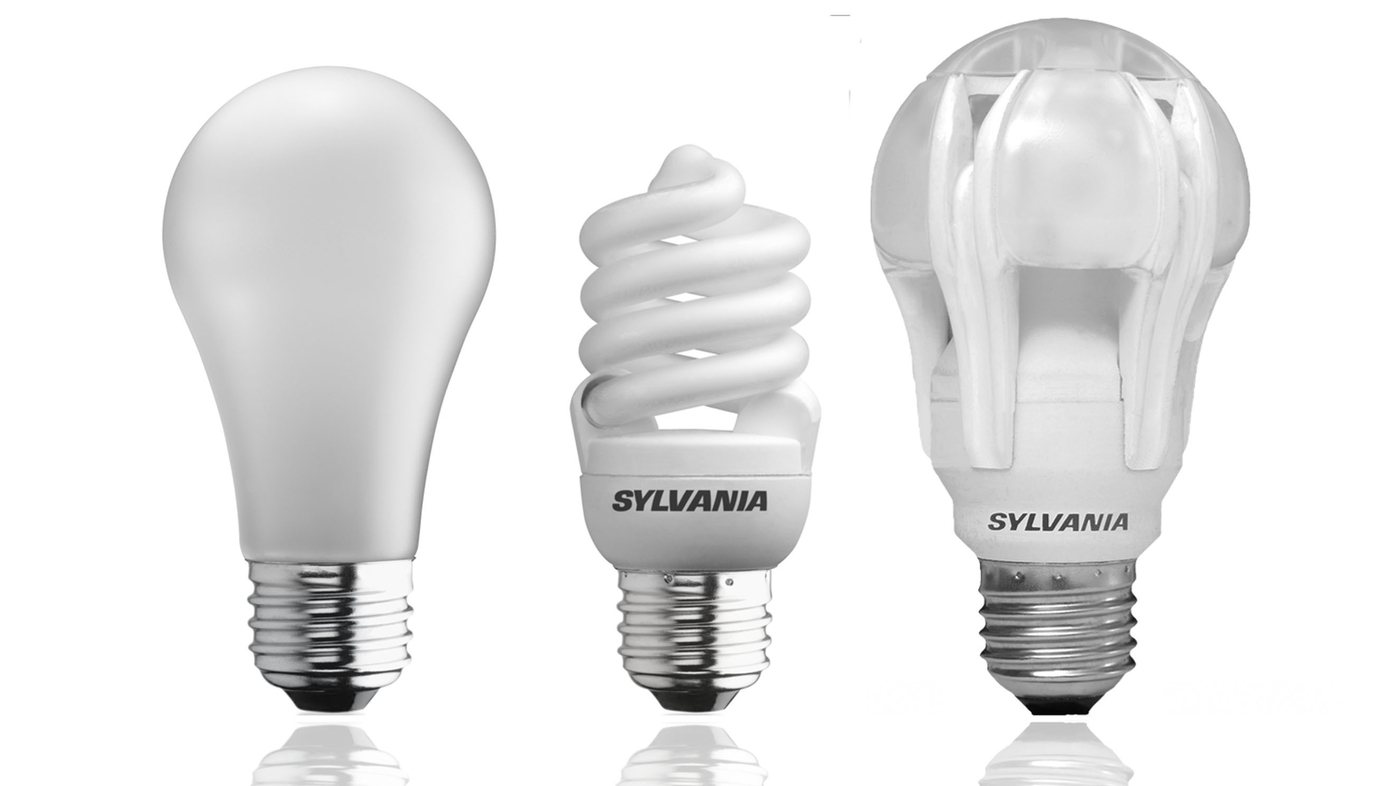

Articles
Which Type Of Spectrum Is Produced By An Incandescent Bulb
Modified: January 5, 2024
Discover the different types of spectrum produced by an incandescent bulb in this informative article. Learn more about the science behind it and how it impacts lighting choices.
(Many of the links in this article redirect to a specific reviewed product. Your purchase of these products through affiliate links helps to generate commission for Storables.com, at no extra cost. Learn more)
Introduction
Welcome to the world of incandescent bulbs, where light is created through heat! Incandescent bulbs have been a popular lighting choice for many years due to their warm glow and affordability. But have you ever wondered what type of spectrum is produced by these light sources?
In this article, we will delve into the fascinating world of incandescent bulbs and explore the science behind their spectrum of light. We will uncover what exactly a spectrum is, the different types of spectrums that exist, and ultimately uncover the type of spectrum produced by an incandescent bulb.
So, whether you’re curious about the science behind incandescent bulbs or simply want to understand the type of light they emit, join us as we unravel the mysteries of light and dive into the world of incandescent bulbs.
Key Takeaways:
- Incandescent bulbs emit a warm, continuous spectrum of light, creating a cozy ambiance with higher intensity in the yellow-orange region. Despite their nostalgic charm, they lack energy efficiency and balanced color rendering.
- Understanding the science behind incandescent bulbs’ spectrum helps us appreciate their unique warm glow. However, with more energy-efficient options available, it’s essential to consider the impact of light spectra on visual perception when choosing lighting.
Read more: What Is An Incandescent Bulb
Understanding Incandescent Bulbs
Before we delve into the science behind the spectrum produced by incandescent bulbs, it’s essential to have a basic understanding of how these bulbs work. Incandescent bulbs are one of the oldest and most common types of electric lights used in homes and buildings.
At the heart of an incandescent bulb is a filament made of tungsten. When an electric current flows through the filament, it generates heat. The filament heats up to a high temperature, causing it to emit light. This process is known as incandescence.
Incandescent bulbs have a simple construction. The filament is encased in a glass bulb filled with inert gas, typically nitrogen or argon, to prevent oxidation of the filament. The bulb is then sealed to maintain the vacuum or low-pressure environment inside.
Incandescent bulbs are known for their warm and cozy light. The color temperature of the light emitted by these bulbs is typically around 2700K to 3000K, which falls within the warm white range. This warm light creates a comfortable and inviting atmosphere in various settings, making incandescent bulbs a popular choice for residential lighting.
However, despite their warm and pleasing light, incandescent bulbs have some drawbacks. They are not as energy-efficient as other lighting options, such as LEDs or CFLs. Incandescent bulbs convert only about 10% of the energy they consume into visible light, with the rest being emitted as heat. This inefficiency, along with their shorter lifespan, has led to the phasing out of incandescent bulbs in many countries in favor of more energy-efficient alternatives.
Now that we have a basic understanding of incandescent bulbs, let’s explore the science behind the light they emit and uncover the spectrum produced by these fascinating light sources.
The Science Behind Incandescent Bulbs
Understanding the science behind incandescent bulbs is key to comprehending the spectrum of light they produce. As mentioned earlier, incandescent bulbs rely on the principle of incandescence to emit light. Let’s dig a little deeper into how this process works.
When an electric current passes through the tungsten filament in an incandescent bulb, the filament resists the flow of electricity and becomes heated. As the temperature rises, the tungsten atoms start to vibrate vigorously, releasing energy in the form of heat.
This intense heat causes the tungsten atoms to reach a high energy level. Photon emission occurs when atoms transition from higher energy states to lower energy states, releasing energy in the form of light. In the case of incandescent bulbs, the emitted light is in the visible spectrum.
It’s worth noting that not all materials emit light in the same way. Each material has its own unique emission spectrum, which corresponds to the specific wavelengths of light it emits. The emission spectrum of tungsten, the filament material used in incandescent bulbs, is relevant to understanding the spectrum produced by these bulbs.
Tungsten has a high melting point, allowing it to become white hot without melting. When tungsten is heated to high temperatures in an incandescent bulb, it emits a spectrum of light that is close to that of a “blackbody radiator.” This is commonly referred to as a “continuous spectrum” or a “thermal spectrum.”
A continuous spectrum contains a wide range of wavelengths, spanning all visible colors from red to violet. This means that incandescent bulbs emit light across the entire visible spectrum, resulting in a balanced distribution of colors. However, the intensity of light emitted by different wavelengths varies, with higher intensities in the yellow and orange regions.
As a result of the tungsten filament’s unique emission spectrum, incandescent bulbs produce warm, yellow-toned light. The color temperature of the emitted light is categorized as “warm white” and has a cozy, comforting feel.
Now that we have an understanding of the science behind incandescent bulbs and their emission spectrum, let’s explore the different types of spectrums in more detail.
The Spectrum of Light
Before we delve into the specific spectrum produced by incandescent bulbs, let’s first explore the concept of the spectrum of light itself. The spectrum of light refers to the range of wavelengths of electromagnetic radiation that is visible to the human eye.
Visible light is just a small portion of the electromagnetic spectrum, which encompasses a wide range of wavelengths from radio waves to gamma rays. The visible spectrum is typically divided into different colors, including red, orange, yellow, green, blue, indigo, and violet, often represented by the acronym ROYGBIV.
Each color in the spectrum corresponds to a specific wavelength. For example, red light has a longer wavelength, while violet light has a shorter wavelength. When these colors are combined, they create white light.
However, it’s important to note that light can also be characterized by its intensity, or the amount of energy carried by the light waves. The intensity of light determines how bright or dim it appears to the human eye.
Understanding the spectrum of light is crucial as it influences how we perceive the colors of various light sources. Different light sources emit different spectra, resulting in variations in color appearance.
Now that we have a foundation in the concept of the spectrum of light, let’s continue exploring the different types of spectra and how they relate to incandescent bulbs.
An incandescent bulb produces a continuous spectrum, which means it emits light at all wavelengths within the visible range. This can be useful for applications where a broad range of colors is needed.
Types of Spectrums
When it comes to light sources, there are generally three types of spectra: continuous spectra, line spectra, and band spectra. Let’s take a closer look at each of these types:
- Continuous Spectra: A continuous spectrum, also known as a thermal spectrum or white light spectrum, consists of a wide range of wavelengths that blend seamlessly together. This type of spectrum is characteristic of sources that emit light in a continuous manner across the entire visible spectrum. Incandescent bulbs, as we mentioned earlier, are an example of light sources that produce a continuous spectrum.
- Line Spectra: Unlike a continuous spectrum that covers a broad range of wavelengths, a line spectrum consists of discrete, sharp lines at specific wavelengths. This type of spectrum is often produced when light passes through a substance or gas, resulting in the emission or absorption of specific wavelengths. Each line represents a particular energy transition within the atoms or molecules of the substance or gas. Neon lights, for instance, emit a line spectrum characterized by their vibrant and distinct colors.
- Band Spectra: A band spectrum is a combination of a continuous spectrum and a line spectrum. It possesses a broad range of wavelengths interrupted by discrete bands or groups of lines. Band spectra are often observed in molecular gases and solids. The emission spectra of certain phosphorescent materials or fluorescent dyes are examples of sources that generate band spectra.
It’s important to note that different light sources produce distinct types of spectra, which greatly influence the perceived color and quality of the emitted light.
Now that we have explored the various types of spectra, let’s move on to uncover the specific spectrum produced by incandescent bulbs.
Read more: Who Invented The Incandescent Bulb
The Spectrum Produced by an Incandescent Bulb
Incandescent bulbs emit a unique spectrum of light known as a thermal or continuous spectrum. This means that they produce light across the entire visible spectrum, creating a balanced distribution of colors.
The spectrum of light produced by an incandescent bulb consists of various wavelengths, ranging from longer red wavelengths to shorter violet wavelengths. However, the intensity of light emitted at different wavelengths is not uniform.
Incandescent bulbs emit a higher intensity of light in the yellow and orange regions of the spectrum. This is why the light produced by these bulbs has a warm, yellow-toned appearance. The higher intensity in the yellow-orange region contributes to the cozy and comfortable ambiance associated with incandescent lighting.
It’s important to note that the spectrum produced by incandescent bulbs does not contain specific lines or distinct bands. Instead, it offers a smooth and continuous distribution of wavelengths, generating a broad range of colors.
While the spectrum of light produced by incandescent bulbs offers a warm and inviting glow, it does have some limitations. One significant drawback is the lack of blue light. Incandescent bulbs emit a minimal amount of blue light, which can impact color rendering and perception. Objects may appear slightly dull or yellowish under incandescent lighting compared to other light sources that provide a more balanced color spectrum.
Furthermore, the spectrum produced by incandescent bulbs also affects energy efficiency. The heat emitted by the filament accounts for a significant portion of the energy consumption of these bulbs. As a result, a large percentage of the energy is wasted, making incandescent bulbs less energy-efficient compared to alternatives such as LEDs or CFLs.
Due to these limitations, incandescent bulbs are gradually being phased out in many regions in favor of more energy-efficient options that provide a higher quality and broader spectrum of light.
Overall, the spectrum produced by an incandescent bulb is primarily a warm and continuous distribution of colors, with a higher intensity in the yellow-orange region. While it may not offer the full range of colors and energy efficiency of other lighting options, the cozy and inviting glow of incandescent bulbs continues to hold a nostalgic charm for many.
Conclusion
In conclusion, incandescent bulbs produce a unique spectrum of light known as a continuous spectrum. This means that they emit light across the entire visible spectrum, resulting in a balanced distribution of colors. The higher intensity of light in the yellow-orange region gives incandescent bulbs their warm and inviting glow, creating a cozy atmosphere in any space.
Understanding the science behind incandescent bulbs and their emission spectrum allows us to appreciate their unique qualities. While incandescent bulbs have been widely used for their warm light and affordable price, they do have drawbacks in terms of energy efficiency and color rendering.
With advances in technology, more energy-efficient alternatives, such as LED and CFL bulbs, have become popular choices for lighting. These options offer a broader spectrum of light, improved color rendering, and greater energy efficiency, making them more environmentally friendly and cost-effective in the long run.
However, the charm of incandescent bulbs continues to resonate with many people, evoking a sense of nostalgia and warmth. They still find their place in certain settings, providing a unique ambiance and aesthetic appeal.
As we progress towards more sustainable and energy-efficient lighting solutions, it’s important to understand the different types of spectra and the impact they have on our visual perception. By considering the spectrum of light emitted by different light sources, we can make informed decisions when choosing the lighting that best suits our needs.
Whether it’s the warm and cozy glow of an incandescent bulb or the versatility and efficiency of modern alternatives, the fascinating world of light and its spectrum continues to illuminate our lives.
Frequently Asked Questions about Which Type Of Spectrum Is Produced By An Incandescent Bulb
Was this page helpful?
At Storables.com, we guarantee accurate and reliable information. Our content, validated by Expert Board Contributors, is crafted following stringent Editorial Policies. We're committed to providing you with well-researched, expert-backed insights for all your informational needs.
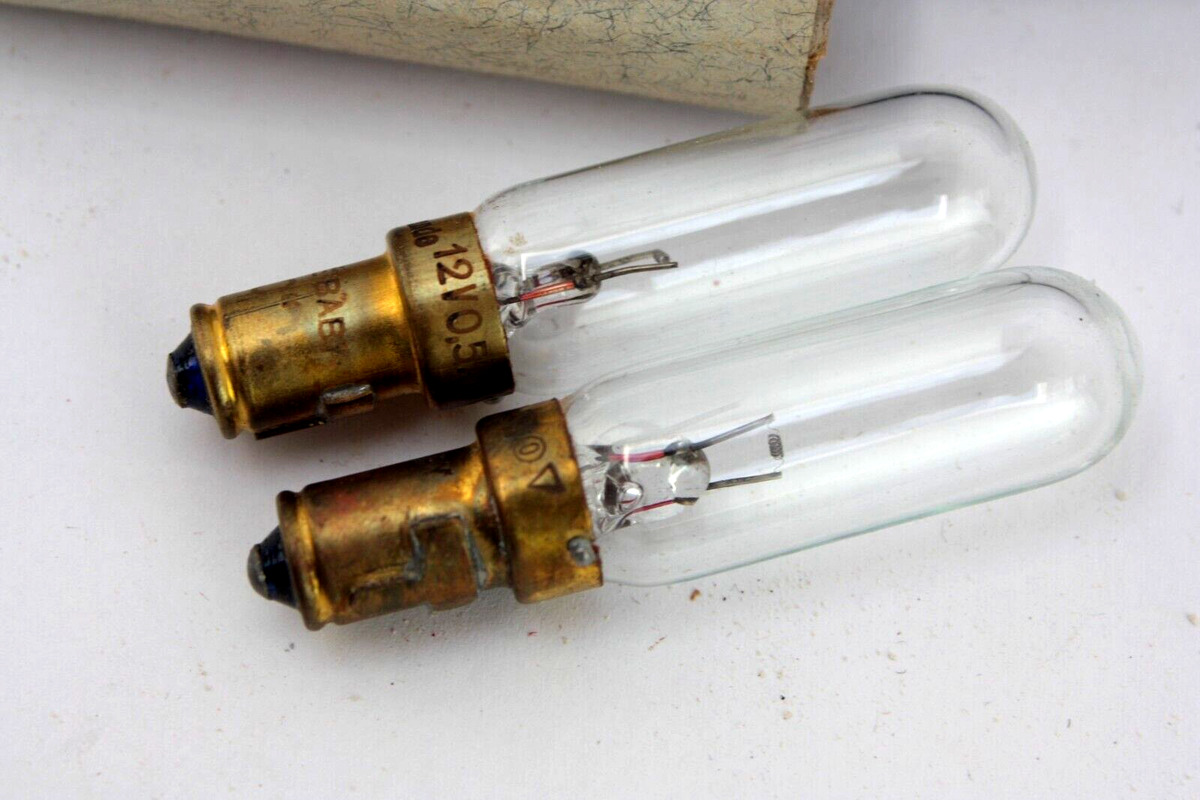
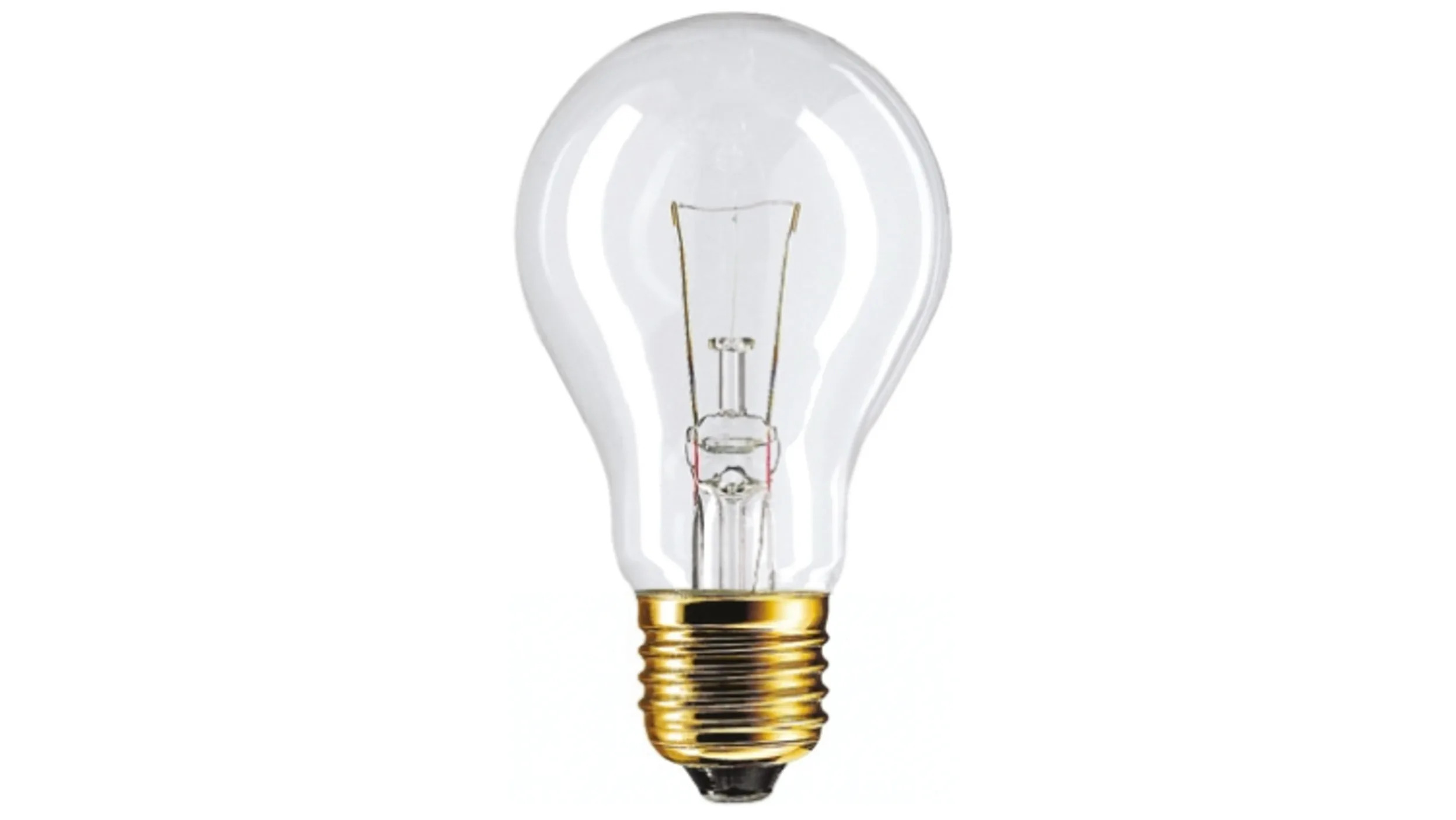
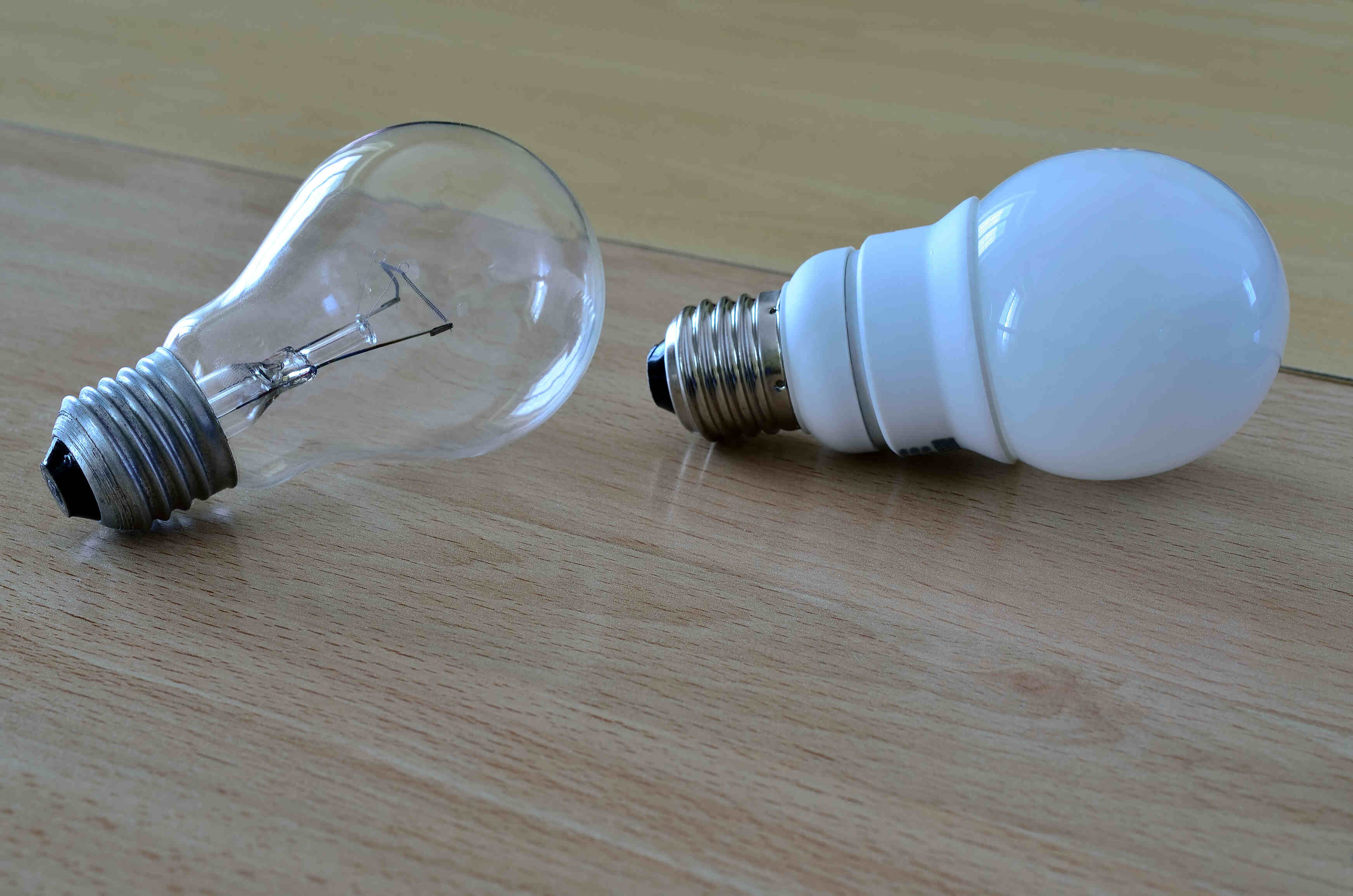
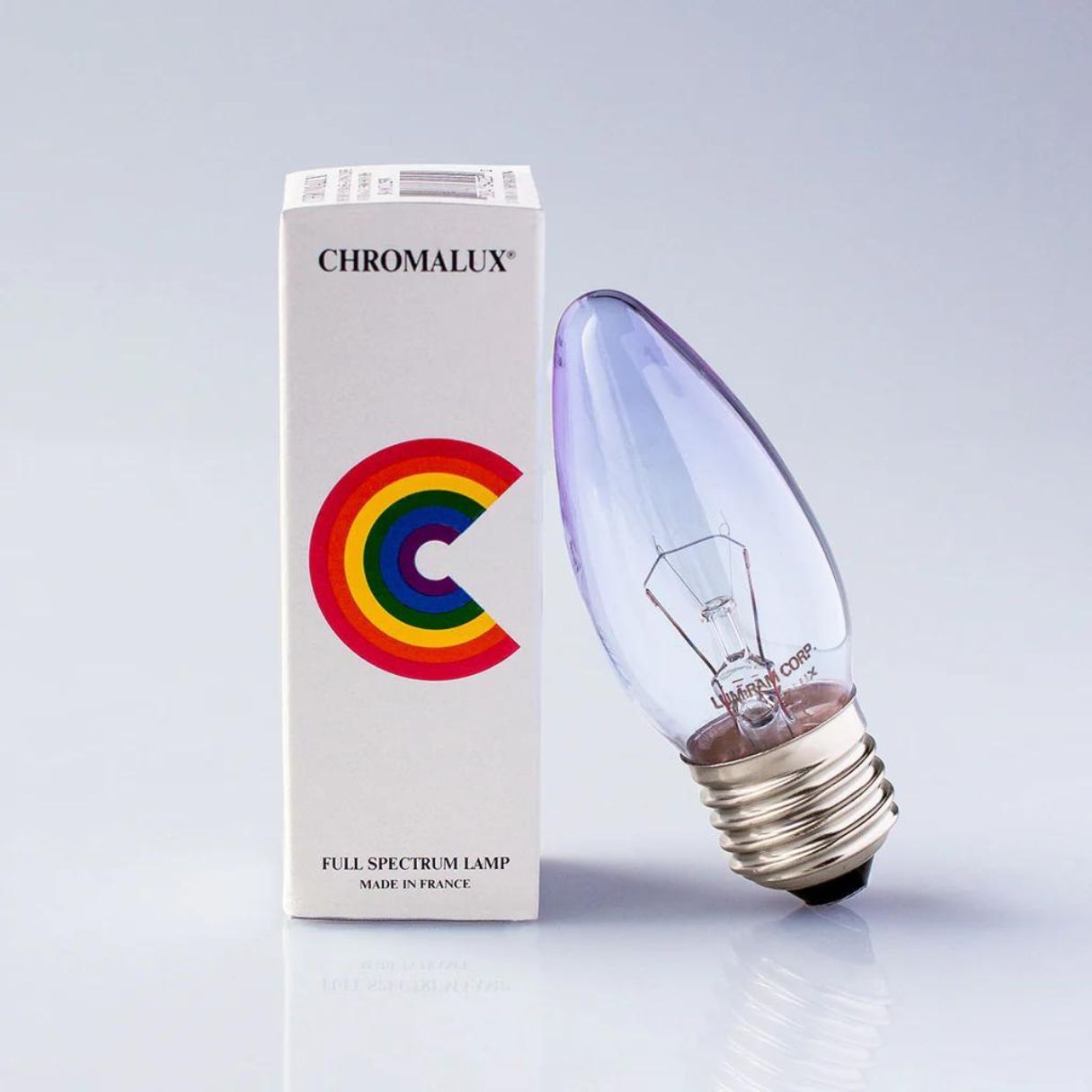
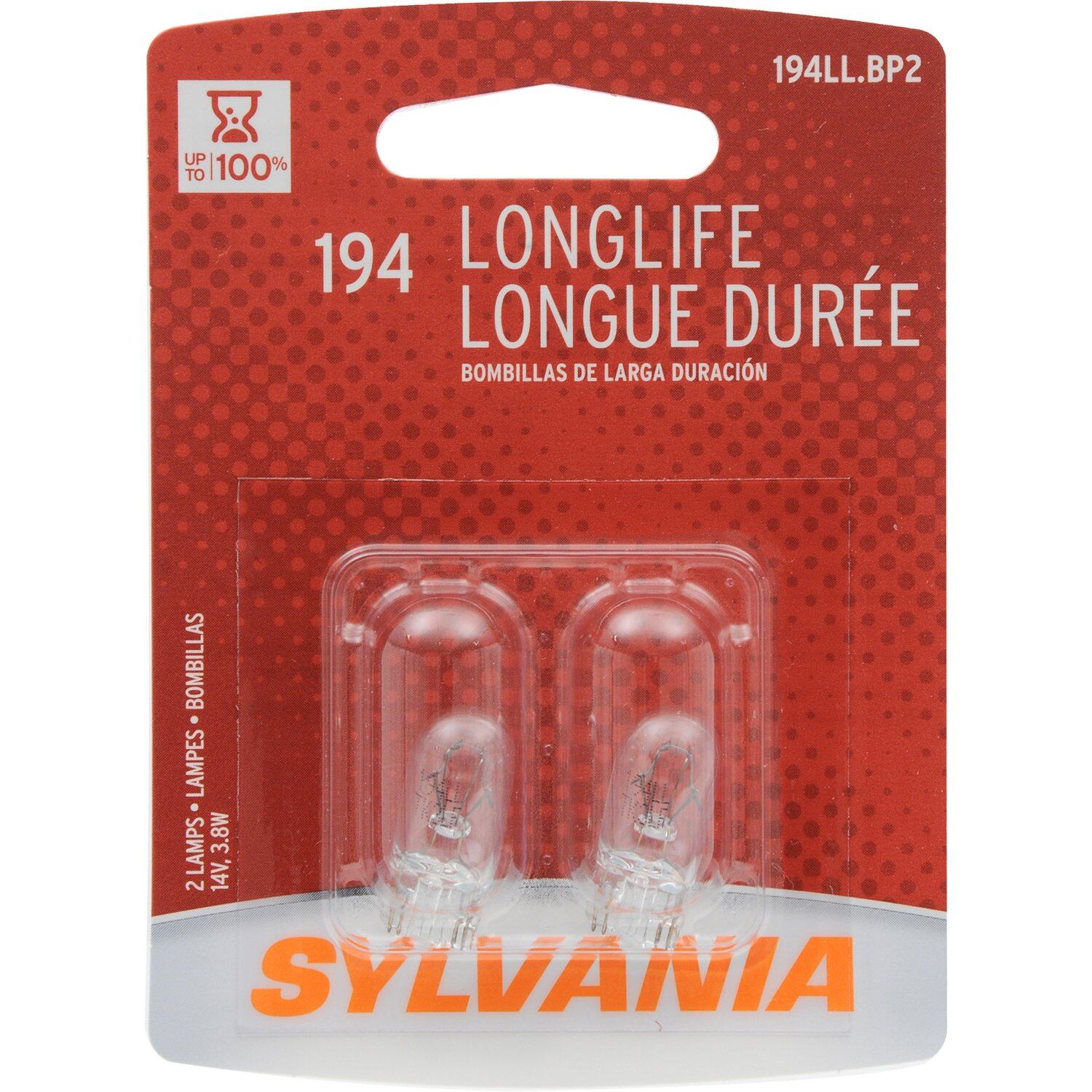


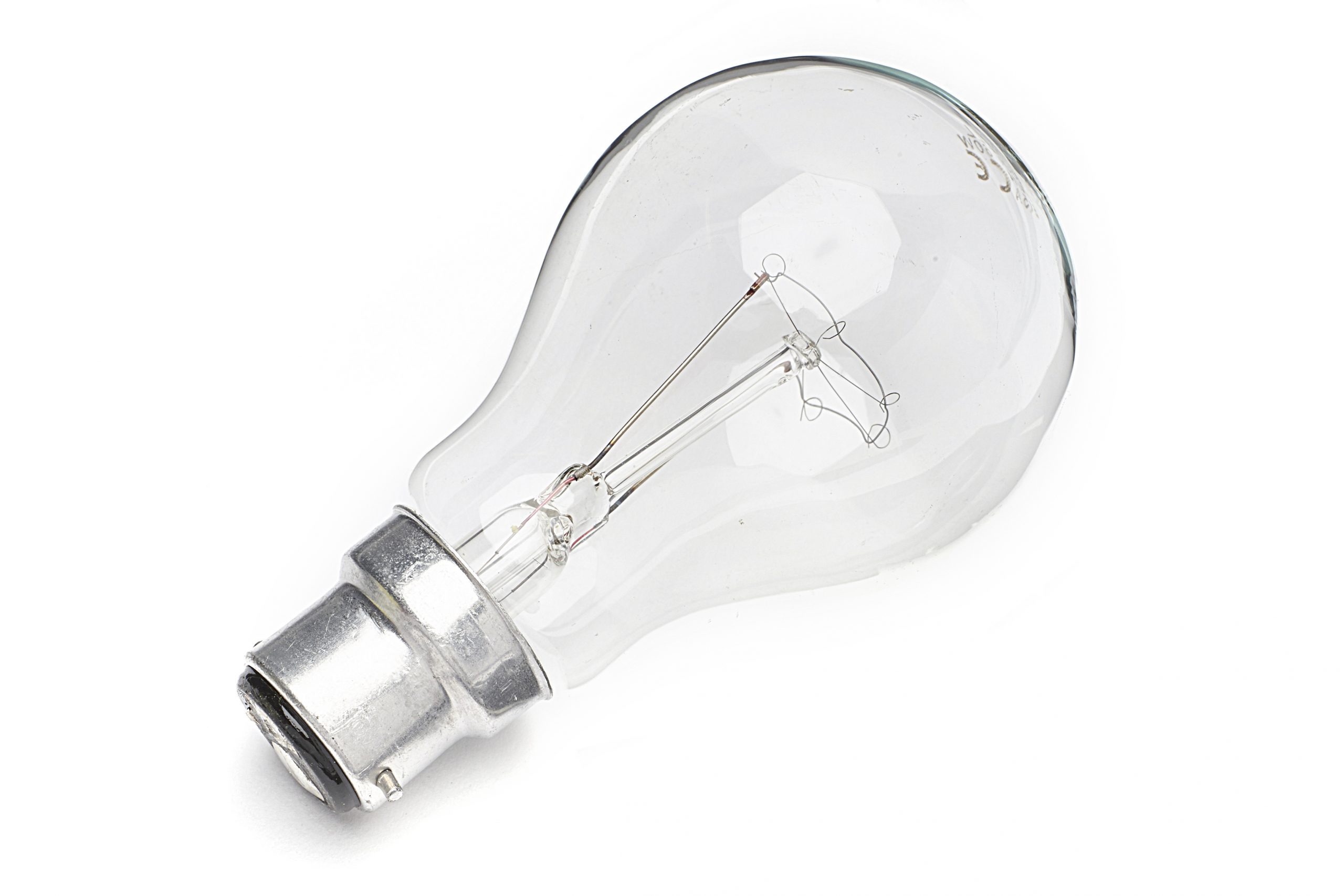
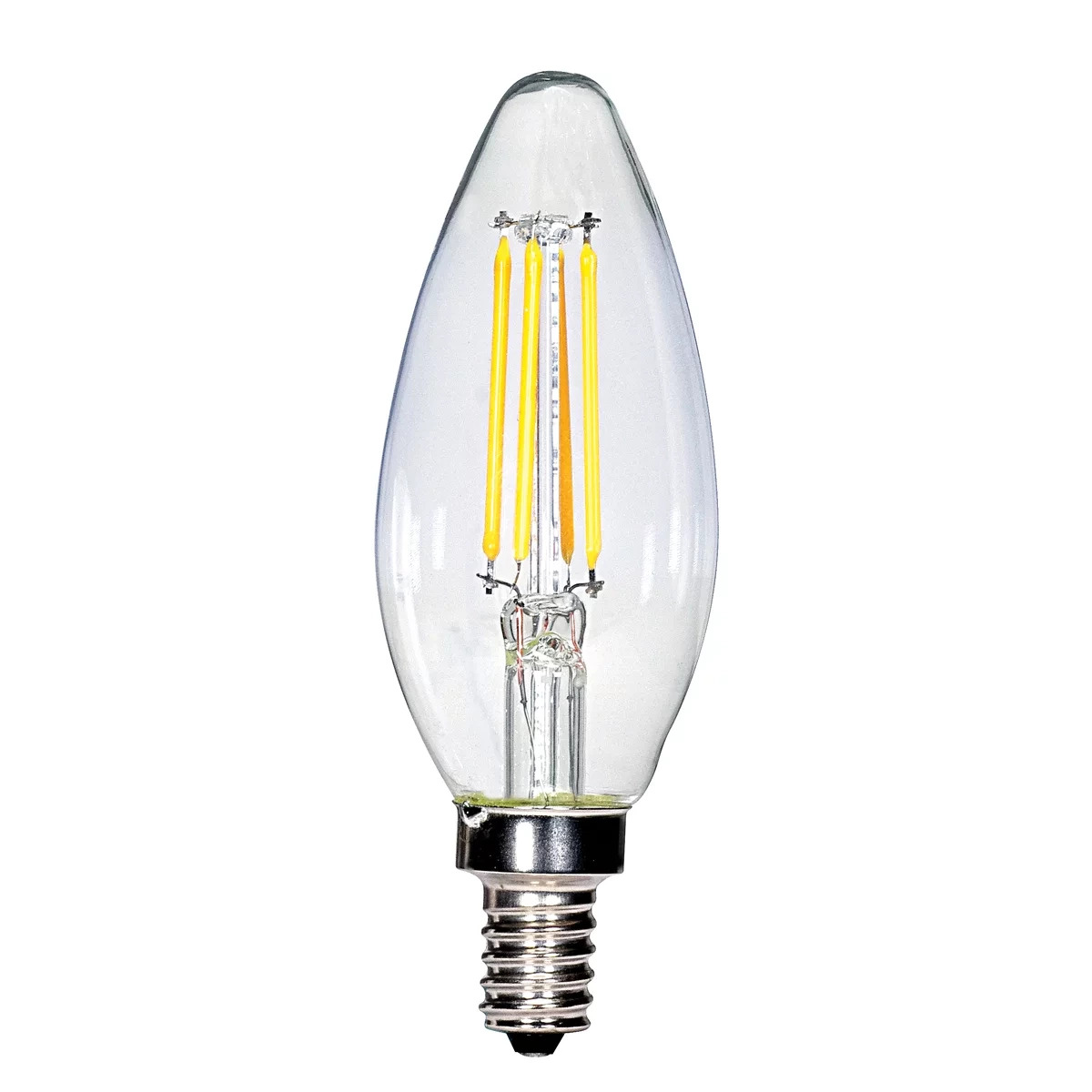
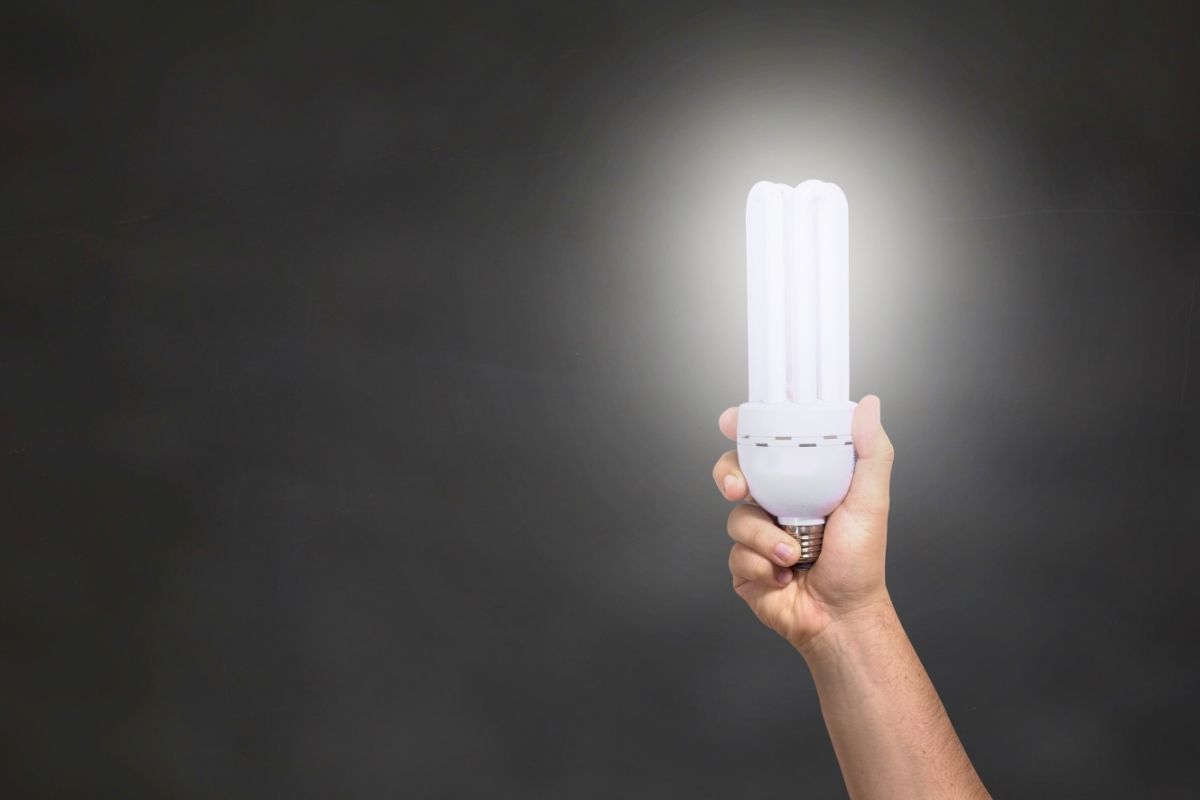
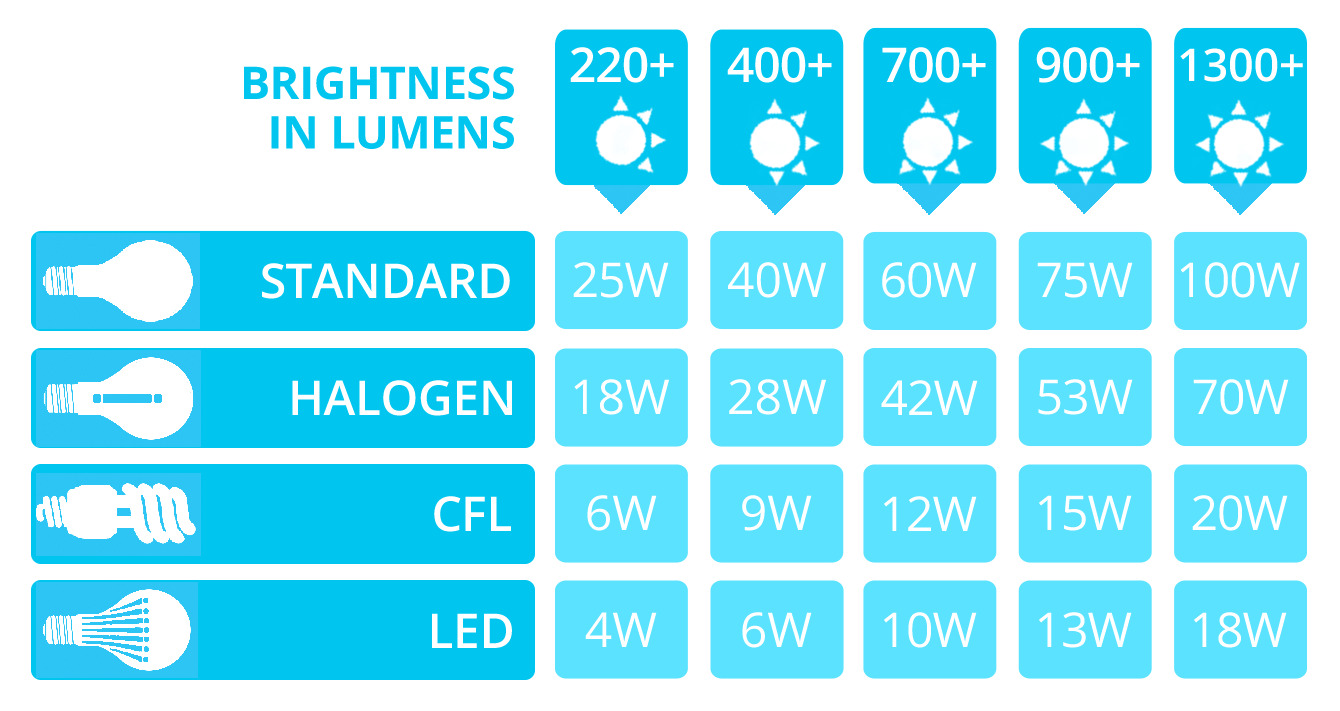
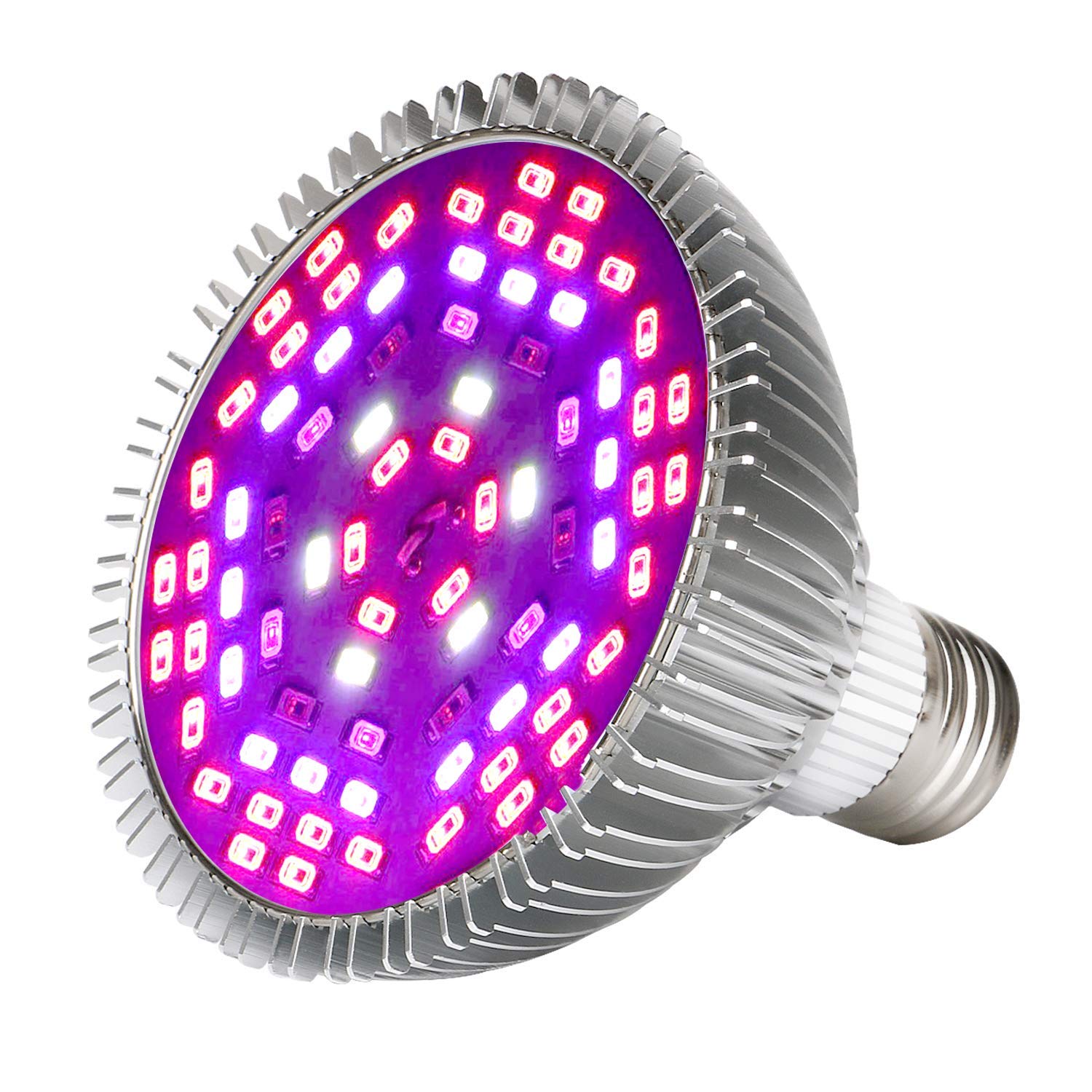
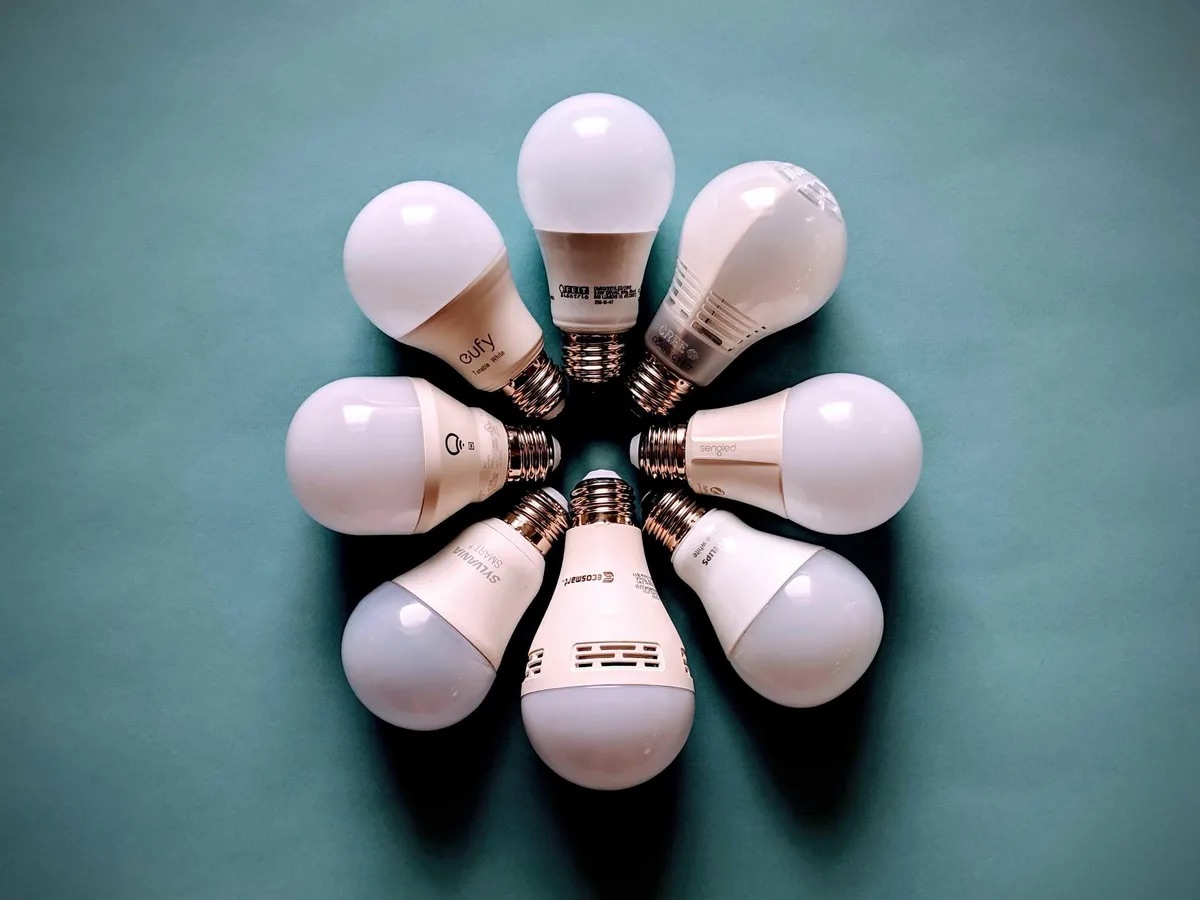


0 thoughts on “Which Type Of Spectrum Is Produced By An Incandescent Bulb”